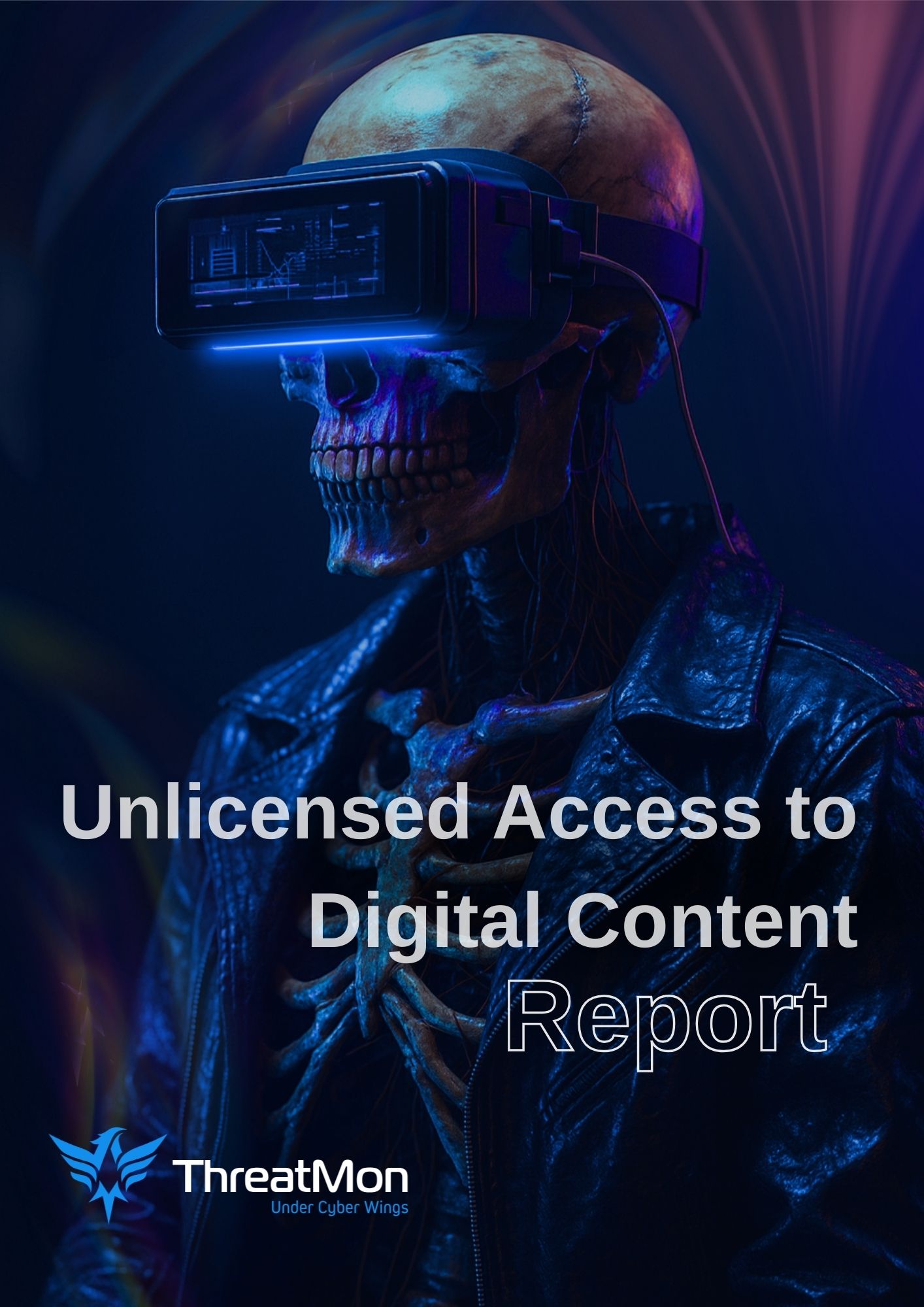
This report is about ‘Unlicensed Access to Digital Content Report’.
This report on cracked software conducted between 2015 and 2025 revealed that the situation is far more serious than we initially thought. After analyzing 1.8 million download records, it became clear that this is no longer just a matter of “finding free software” — it has evolved into a significant source of income for organized crime groups.
The Major Threat from Russia: The most striking finding was that Russia alone accounted for 65.1% of global cracked software downloads. This figure is particularly concerning, as when combined with Ukraine’s share (7.2%), it highlights the dominance of the Eastern European region in this domain. It is also notable that the United States holds only a 2.5% share, which places it far down the list. Turkey, with a 1.5% share, ranks in the middle — yet this, too, is a figure worth paying attention to.
Films and Games: When we examine the downloaded content, it’s no surprise that films lead by a wide margin with 59.6%. After all, everyone wants to watch the latest releases. PC games follow in second place with 29.6%. Together, these two categories make up nearly 90% of all downloads — clearly indicating that cybercriminals are focusing their efforts on these areas.
Real Attack Examples: When we investigated how malware such as Lumma Stealer, SmokeLoader, and RedLine Stealer spreads, a disturbing picture emerged. These programs are embedded inside fake versions of popular software like Photoshop and Microsoft Office. People think they’re downloading a movie — but in reality, they’re handing over their computers to cybercriminals.
Hundreds of thousands of users have had their banking information and passwords stolen.
These findings clearly show that the issue of cracked software is no longer just a personal risk — it has become a national security concern.
Today, some widely used peer-to-peer (P2P) protocols enable the distribution of large digital content without the need for centralized servers. In this method, files are divided into smaller parts and shared among multiple users. As a result, download speeds increase and the load on central servers is significantly reduced.
This file-sharing system is primarily used for distributing various media and software content. Digital materials such as films, games, music, and applications are widely accessible through this system.
Content accessed through this protocol is often not verified by users for proper licensing, which poses significant security and legal risks. Since the reliability of downloaded files is not guaranteed, the spread of malware through this method is also quite common.
We see the full picture of the evolving cyber threat landscape thanks to unique tools for monitoring the infrastructure used by cybercriminals and data from battlefields: